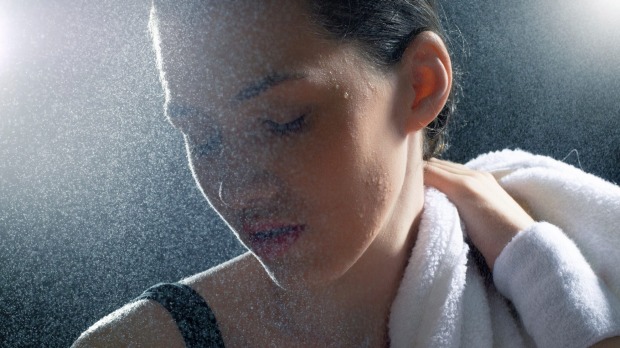There are different ways our body loses heat, through convection, conduction, evaporation and radiation. This fact is important to understand if we are involved in sporting events that cause us to lose body heat consistently, such as during winter skiing and swimming. When braving the elements, we should stay dry while having fun. It should be noted that water sports athletes or enthusiasts should wear clothing that allows them to swim conveniently. So, although boaters are not supposed to swim, their clothing should allow them to swim well.
Evaporation is defined as the transformation of liquid to vapour and it is usually related to water. Evaporation should also be considered as a cooling process. When we are sweating, a splash from the passing boat will cause to feel chilled. Therefore, it is important for is to stay dry. This should help us to stay warm and dry. Conduction is another way we lose body heat. It is the transfer of hear from warmer objects to cooler ones. So, if we are sitting in a kayak, we should make an effort to insulate our body from the cool water around us.
Insulation is essential when we are using a sit-in kayak. There are things that we could use as insulation, such as any king of foam pad. We could also use air as insulation, by using seats that effectively elevate us from having direct contact with the boat. Convection is another way we lose heat and it is the transfer of heat from warmer object to gaseous liquid. So, if we are sweating and hot, the flow of cool air actually warms the air around us. In many cases, we would be rather hard pressed to measure the transfer of body hear, but there are signs when we have lost plenty of body heat.
For winter athletes, the effect of cold wind blowing by their body could consistently steal heat and this transfer our body heat to the cold environment around us. Using insulation should help us minimize body heat by reducing exposure of air with our skin. Lastly, radiation is also a way to let body heat transferred to other objects. We could also receive heat through radiation, such as by standing under the sun or sitting near a big fireplace. The color of the object has an effect, as evidenced by experiencing higher heat transfer if we are wearing black shirts.
When performing winter sports, athletes need to maintaincore heat, in the head, neck and torso. They should be able to perform well by staying dry and warm. However, keeping our limbs, nose and ears warm would be much more difficult. For them, convection could be the primary way to lose body heat. We can also reduce the loss of body heat by wearing proper waterproof gear that significantly eliminates convection and evaporation. This should prevent us from getting wet. We could also control evaporation by wearing clothing that absorbs most of moisture from our body.

